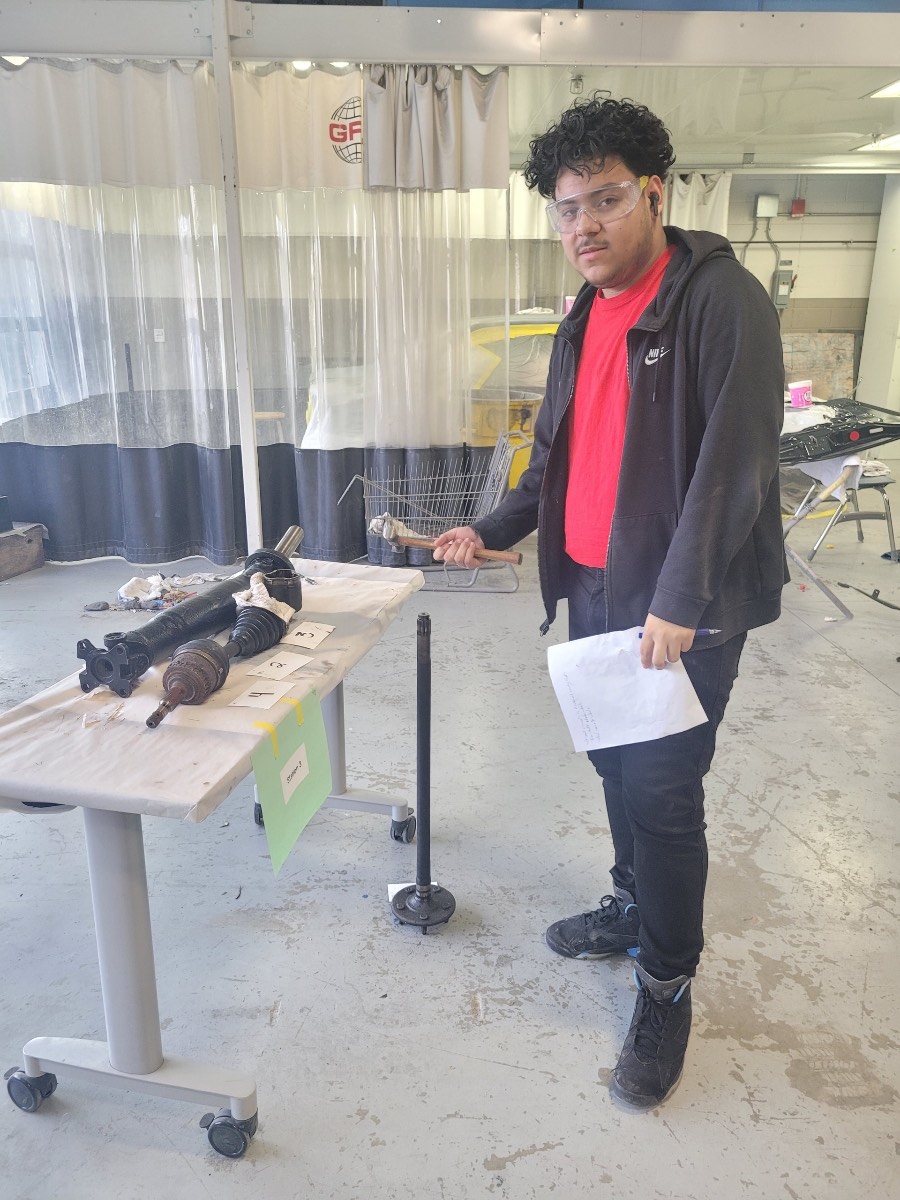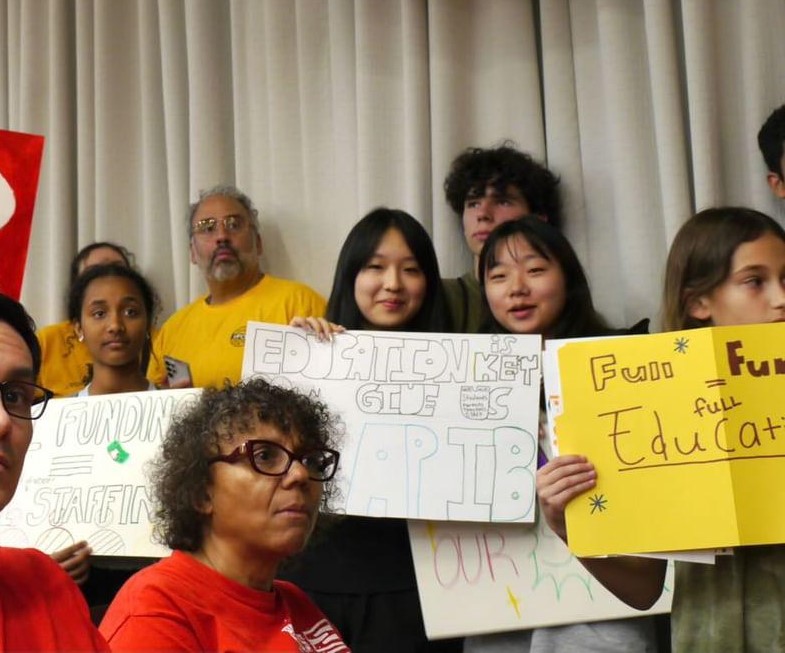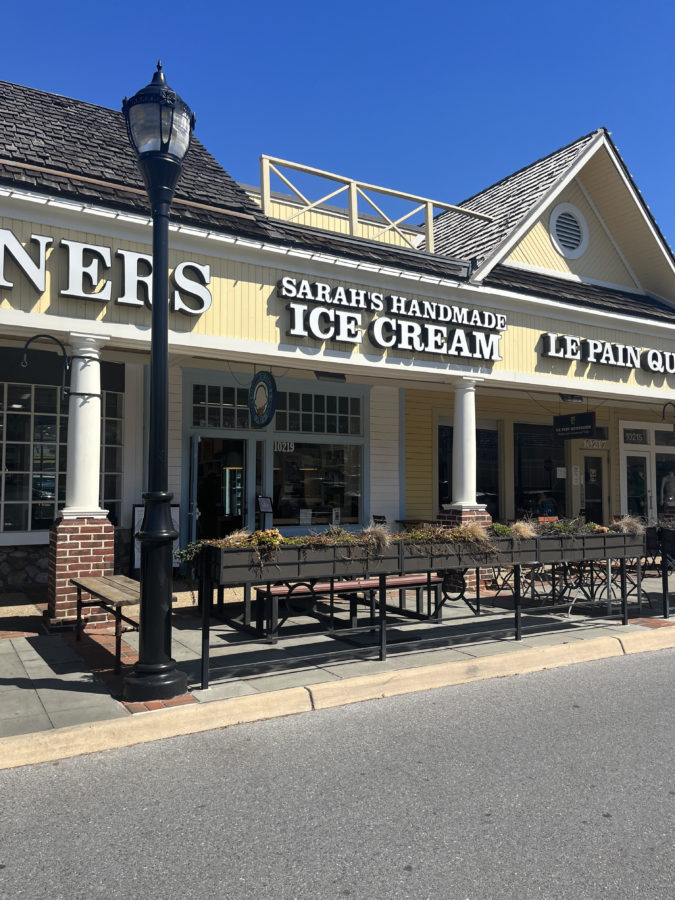It’s easy to look at the school’s large student base and lengthy modernization process and automatically assume the worst, but the fact is, over the years, WJ as a whole has been taking large strides to better its environmental footprint.
Over the course of the modernization process, much attention was given to being as “green” as possible. Although the lengthiness of the process did not allow for Leadership in Energy and Environment Design (LEED) certification, a title given by the U.S. Green Building Council to buildings that meet certain high environmental standards, the construction was as environmentally friendly as possible. According to Principal Christopher Garran, some of the many “green” design features of the improved WJ include classroom markerboards consisting of renewable “wheat straw” cores, 40 percent recycled bathroom toilet partitions, ceramic floor tiles made of recycled post-industrial by-products and high efficiency lighting.
And, as far as recycling goes, business manager and building service supervisor Kathy Cosgrove has noticed a marked improvement since she first set foot in the school three years ago.
“When we first put the [recycling] centers out there, they would barely fill up,” said Cosgrove. “Now they’re overflowing, with the proper recycling in the proper place.”
Science teacher and environmental club sponsor Patricia Tierney has also noticed a recent improvement in WJ’s recycling.
“I think recycling is being done much more consistently now than it was done in the past,” she said.
Still, there is always room for improvement. Tierney attributes much of the country’s energy crisis to heating, cooling and transportation, three issues that are not faced with as much practicality as possible at WJ. Although the school utilizes centralized heating and cooling, WJ’s system is not foolproof and has experienced many technical difficulties in the past few years. According to Cosgrove, in addition to those issues, WJ’s grade for recycling may have gone from a “C” to an “A,” but that does not mean there is no room for improvement.
“I see so many teachers and students just walking along and mindlessly dropping their plastic soda bottle in the trash,” said Cosgrove.
And she is not the only one noticing it. Tierney and Garran both say that they have also caught many students in the act of putting the wrong waste into the wrong receptacle.
“[With regards to recycling,] consequences, either positive or negative, really help,” said Tierney, who tries to focus on reducing, reusing and recycling as much as possible. “The thing is to always think about the larger picture.”
Although senior Therese Camagnone admits to occasionally tossing recyclables into the trashcan for the sake of convenience, she tries to make a habit of recycling at school and at home.
“It’s not that hard,” she said. “Yeah, you have to carry your bottles to a recycling bin, but there’s enough around school that you can find a place to put your stuff away.”
According to Garran, he and the building services team attempted to avoid this problem by making the shapes of each receptacle correspond with its intended type of waste. Apparently, that has not stopped some students and teachers from stuffing, in Garran’s words, a bologna sandwich into the paper recycling.
What many students and teachers do not know is that when a recycling bin is contaminated with enough non-recyclable materials, the entire bin must be tossed in the garbage and ultimately must head to the landfill as opposed to the recycling plant.
Garran has a simple solution for this unnecessary problem.
“If you have trash, put it in the trash can,” said Garran. “If you have paper, put it in the paper recycling. If you have bottles, put it in the bottle recycling. And if you do that, we’ll be good to go.”
But, according to Garran, Tierney and Cosgrove, WJ’s future looks bright. They agree that WJ has been improving each year and that, as long as the environment remains a priority, more improvements are yet to come.
“I have high hopes for us,” said Cosgrove.



![Senior Tiffany Gibson has dinner with her parents and her nine year old sister. Gibsons family has been her largest source of support throughout her treatment process.
[My dad] helped me through it. He was the one who’d take me to my doctor’s visits, he was trying to make me try to take my medication on time, even though he’d get angry when I didn’t take it. I had to do blood work, so he would always find out. He would always try to get me to take it and remind me, Gibson said.](https://www.wjpitch.com/wp-content/uploads/2023/03/92iA4Tg7fGWMhmk9DKWf7Q6UQQ4p0LYeBobwwvV7-900x672.jpg)


![“[It was] kind of [beneficial], I dont think a lot of students are really comfortable with talking to adults most of the time.” Clifford Hubbard, 9.](https://www.wjpitch.com/wp-content/uploads/2023/03/iQXjwa3JmL5CPVioYA7jn8DAPLzBoB5nJ1aIweYa-675x900.jpg)